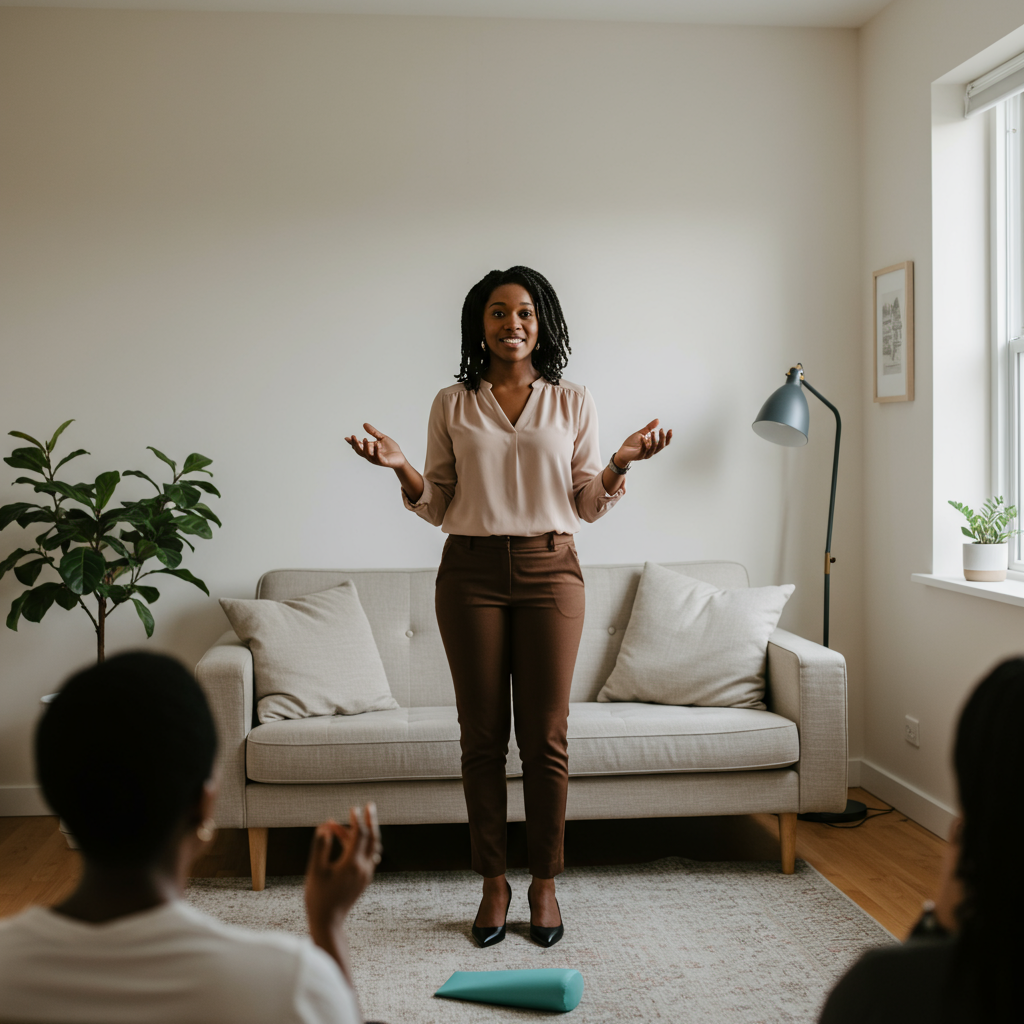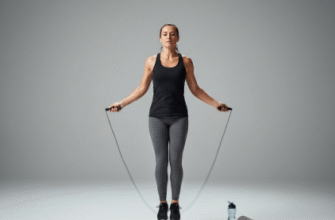That knot in your stomach just thinking about speaking in front of others? The sweaty palms, the racing heart? You are definitely not alone. Glossophobia, or the fear of public speaking, is incredibly common. But what if you could build confidence and polish your delivery without the pressure of judging eyes? Good news: you absolutely can. Practicing your public speaking skills alone, in the comfort of your own space, is a powerful and surprisingly effective way to prepare.
It might sound counterintuitive – speaking to an empty room – but the benefits are huge. It removes the primary source of anxiety: the audience. In your own space, there is zero judgment. You can stumble, repeat yourself, try out awkward phrasing, or make funny faces without a shred of embarrassment. This freedom is crucial for experimentation and finding what feels natural for you. It is your personal laboratory for communication.
Finding Your Voice in Solitude
The first hurdle is often just starting. Don’t aim for perfection immediately. Choose a topic you genuinely care about or know well. It could be a hobby, a recent book you read, a movie review, or even just explaining your job or field of study. The familiarity reduces the mental load, allowing you to focus more on the *how* rather than the *what*.
Resist the urge to write a full script. While it feels safe, reading directly from a script often sounds robotic and disconnects you from your own message. Instead, create a bullet-point outline. List your main ideas, supporting points, and perhaps key transitions or a strong opening and closing line. An outline acts as a roadmap, keeping you on track while allowing for flexibility and a more conversational tone. It forces you to internalize the material, not just memorize words.
The Power of Mirrors and Recordings
Okay, it might feel weird at first, but practicing in front of a mirror is a classic for a reason. It provides instant visual feedback. Are you slouching? Fidgeting nervously? Avoiding eye contact (even with your reflection)? Do your facial expressions match your tone? Stand tall, plant your feet, and practice making eye contact with different parts of your reflection, simulating scanning an audience. Pay attention to your posture and gestures. Are your hand movements purposeful, or are they random and distracting? Use the mirror to refine these non-verbal cues until they feel authentic and supportive of your message.
Stepping it up a notch involves recording yourself. This is often the most revealing (and sometimes initially uncomfortable) part of solo practice, but it yields incredible insights. Start with just audio. Listen back critically. What is your pacing like? Are you rushing, or dragging? Is your volume consistent, or does it trail off? Do you rely on filler words like “um,” “uh,” “like,” “you know”? Hearing these verbal tics is the first step to consciously reducing them. Listen for your tone – do you sound engaged and interested, or monotonous?
Then, graduate to video recording using your phone or webcam. Now you can analyze everything: posture, gestures, facial expressions, eye contact (where are you looking?), and those filler words. Watch it once for overall impression, then watch it again focusing specifically on one aspect, like body language or vocal variety. Be your own coach. What worked well? What could be improved? Don’t be overly harsh, but be honest. This self-assessment is invaluable because you spot habits you would otherwise be completely unaware of.
Solo practice is a fantastic tool for building foundational skills and confidence. However, it cannot fully replicate the interaction and energy of a live audience. Eventually, you will need to transition to practicing in front of at least one trusted person. Consider solo practice your essential homework, not the final exam.
Refining the Delivery
Beyond the basics of looking and sounding good, solo practice lets you drill down into specifics.
Time Yourself: Most speaking engagements have time limits. Practicing against the clock is essential. Use a timer during your solo sessions. Does your talk fit the allotted time? If not, where can you condense information or cut less crucial points? Practice delivering your message concisely. Learn how to pace yourself to finish strong, not rush at the end or trail off awkwardly.
Visualize an Audience: Even though the room is empty, don’t speak *to* the empty room. Actively visualize an audience. Picture faces – some interested, some neutral, maybe even one or two looking bored or confused (it happens!). Imagine making eye contact with different individuals in different parts of this imagined room. This mental simulation makes the transition to a real audience feel less jarring. It trains your brain to maintain outward focus even when you are physically alone.
Mastering Sections: Got a tricky transition? A complex explanation? A part where you always stumble? Use your solo practice time to drill these specific sections repeatedly. Break down the speech into smaller chunks and perfect each one before putting them all together. This targeted practice builds muscle memory and confidence in the areas you find most challenging.
Handle Your Props: If your presentation involves slides, props, or handouts, practice using them smoothly. Click through your slides while speaking. Handle the physical object naturally. Where will you place it when not using it? Awkward fumbling with props can derail your flow and make you appear unprepared. Get comfortable with them when nobody is watching.
From Solitude to Stage (Eventually)
The core benefit of practicing alone is building a solid foundation in a low-stakes environment. Every time you run through your talk, you are strengthening neural pathways. You are internalizing the structure, smoothing out the language, and refining your non-verbal communication. This repetition reduces the cognitive load when you finally face a real audience. Parts of the delivery become almost automatic, freeing up mental energy to focus on connecting with your listeners and adapting to the live environment.
Consistency is key. Short, frequent practice sessions (even 15-20 minutes several times a week) are often more effective than one marathon session. Make it a habit. The more comfortable you become hearing your own voice and seeing yourself speak, the less intimidating the prospect of doing it in front of others will seem.
Think of it like learning a musical instrument or a sport. You wouldn’t expect to perform flawlessly without hours of practice, much of it done alone. Public speaking is a skill, and like any skill, it improves with dedicated, focused effort. Embrace the privacy of solo practice as your personal training ground. Use the mirror, use the recorder, use your imagination. Build your confidence one practice session at a time, and you will be surprised how much smoother your delivery becomes when the spotlight finally finds you.









